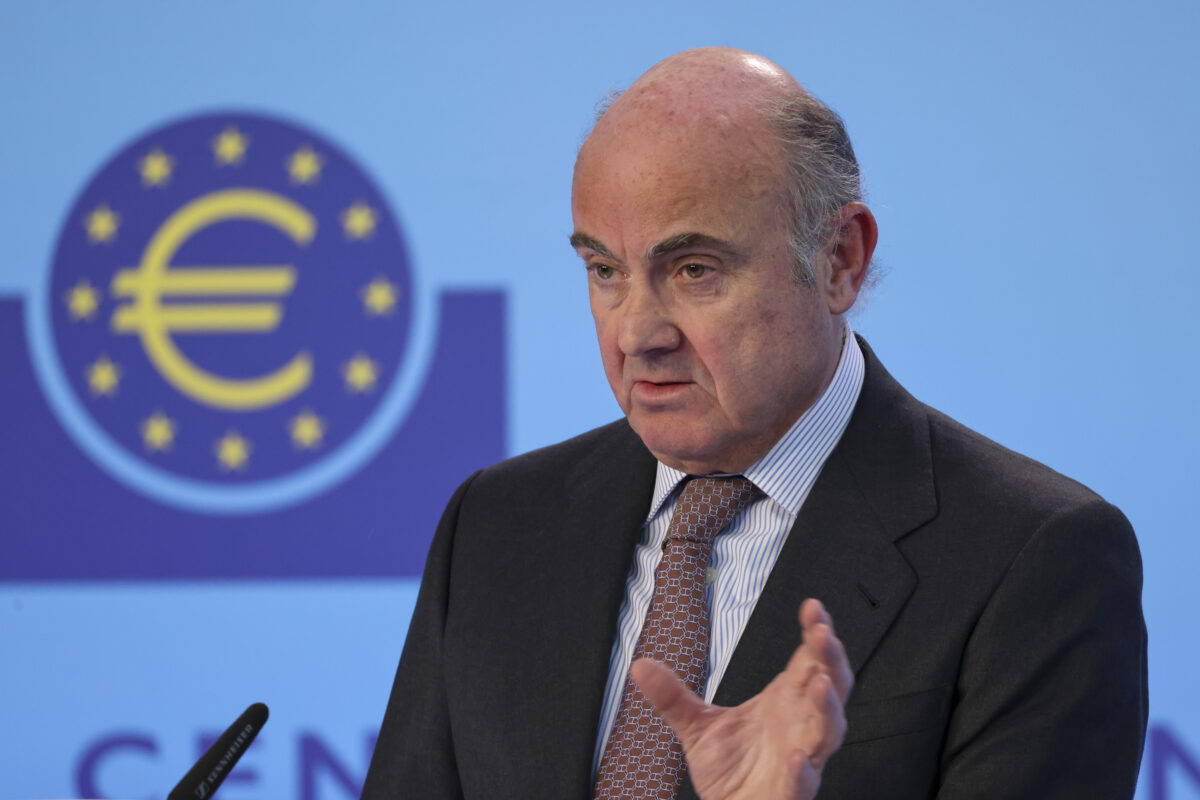FMW-Redaktion
Warum der gestern offiziell verkündete Infrastrukturplan von Donald Trump cleverer ist als man zunächst denken könnte? Dazu später mehr in diesem Artikel. Die Grundidee hinter dem Plan scheint man sich bei EU-Kommissionspräsident Jean-Claude Juncker abgeschaut zu haben. Der hatte unlängst den „Juncker-Plan“ für die große Investitionsoffensive in der EU ins Leben gerufen. Die Idee lautet: Mit einer „relativ kleinen Summe“ bereitgestellt durch die EU-Kommission sollen viel größere private Investitionsmittel freigesetzt werden – eine Art Hebel-Effekt.
Und so spricht die Regierung Trump in ihrer offiziellen Verkündung auch von 200 Milliarden frischen Dollar aus Bundesmitteln, die bereitgestellt werden sollen, damit insgesamt 1,5 Billionen Dollar in kaputte Straßen, Brücken, Wasserwege etc investiert werden können. Abgesehen davon verweist Trump darauf, dass das Empire State Building in nur einem Jahr erbaut worden sei. Heute brauche es schon 10 Jahre um so etwas zu genehmigen.
Daher wolle er mit seiner Initiative die Genehmigungen solcher Großprojekte von 10 auf 2 Jahre beschleunigen. Das an sich klingt doch ganz gut. In einer separaten Erklärung verweist Trump darauf, dass die US-Bundesregierung jetzt schon nur 14% aller Infrastrukturprogramme im Land finanziere. 86% stammten schon jetzt von privaten Investoren, Bundesstaaten oder Kommunen. Damit will die Regierung Trump wohl das Argument abwürgen, dass sein neuer Plan eine Mogelpackung sei (nur 200 Milliarden von 1,5 Billionen Dollar aus Bundesmitteln). Denn somit kann man sagen, dass die Lage aktuell auch nicht anders sei.
Politisch clever
Aber was man als politisch clever ansehen darf, ist folgendes. Zunächst einmal wird mehrmals betont, dass im Fokus dieses Infrastrukturprogramms das ländliche Amerika stehe, das viel zu lange vernachlässigt worden sei. Damit spricht Trump direkt seine Kernwählerschaft an. Dorthin sollen (vereinfacht gesagt) schwerpunktmäßig Bundesmittel fließen. Ebenfalls in bestem Wahlkampfslang wird erwähnt, dass die ferne Bundesregierung in Washington nicht wisse, was die Menschen und Kommunen vor Ort am besten brauchen.
Das wüssten die Kommunen selbst viel besser. Daher werde man die Verantwortung für die letztlichen Investitionen größtenteils auf die Bundesstaaten (ihre Gouverneure) und die Landkreise übertragen. Also nicht nur die Masse der Investitionsgelder soll auf kommunaler und Bundesstaaten-Ebene erbracht werden. Auch überträgt die Regierung Trump die Verantwortung für die Projektauswahl- und Umsetzung schwerpunktmäßig auf die Regionalregierungen vor Ort.
Erstens zeigt Trump damit seiner Wählerschaft, dass er seine Versprechen einhält, und die „Entscheidungsgewalt“ weg aus Washington führt, hin zu den Regionen. Das macht sich gut. Und außerdem kann er bei einem möglichen Scheitern dieser großen Initiative immer auf die Entscheider in den Kommunen und Bundesstaaten verweisen, die es dann einfach nicht hinbekommen haben. Er hat dann ja nichts mit deren Scheitern zu tun. Das ist clevere Politik. Wenn es doch funktioniert, kann er das auch als seinen Erfolg verkaufen, weil er diese Delegation auf die Regionen ja initiiert hatte. Clever.
Hier auszugsweise aus der Veröffentlichung:
STIMULATE INFRASTRUCTURE INVESTMENT: President Trump’s plan will lead to at least $1.5 trillion in investments to rebuild our failing infrastructure and develop innovative projects.
$200 billion in Federal funds will spur at least $1.5 trillion in new infrastructure investments.
Federal infrastructure spending will promote State, local, and private investments and maximize the value of every taxpayer dollar.
Of the $200 billion, $100 billion will create an Incentives Program to spur additional dedicated funds from States, localities, and the private sector.
Applications for the Incentives Program will be evaluated on objective criteria, with creating additional infrastructure investment being the largest factor.
The Incentives Program will promote accountability, making Federal funding conditional on projects meeting agreed upon milestones.
$20 billion will be dedicated to the Transformative Projects Program.
This program will provide Federal aid for bold and innovative projects that have the potential to dramatically improve America’s infrastructure.
The program will focus on projects that could have a significant positive impact on States, cities, and localities but may not attract private sector investment because of the project’s unique characteristics.
$20 billion will be allocated to expanding infrastructure financing programs.
Of the $20 billion, $14 billion will go to expanding a number of existing credit programs: TIFIA, WIFIA, RRIF, and rural utility lending.
$6 billion will go to expanding Private Activity Bonds.
$10 billion will go to a new Federal Capital Revolving Fund, which will reduce inefficient leasing of Federal real property which would be more cost-effective to purchase.
A new fund will allow some incremental revenues from energy development on public lands to pay for the capital and maintenance needs of public lands infrastructure.
INVEST IN RURAL AMERICA: Rural America’s infrastructure has been left behind for too long, and President Trump’s plan will make sure it is supported and modernized.
$50 billion of the $200 billion in direct Federal funding will be devoted to a new Rural Infrastructure Program to rebuild and modernize infrastructure in rural America.
The bulk of the dollars in the Rural Infrastructure Program will be allocated to State governors, giving States the flexibility to prioritize their communities’ needs.
The remaining funds will be distributed through rural performance grants to encourage the best use of taxpayer dollars.
INCREASE STATE AND LOCAL AUTHORITY: President Trump’s proposal will return decision-making authority to State and local governments, which know the needs of their communities.
Funds awarded to State and local authorities, such as through the Incentives Program and the Rural Infrastructure Program, will be allocated to infrastructure projects they prioritize.
This empowers States and localities to make more infrastructure investment decisions and prioritize projects based on the needs of their communities
The plan will expand processes that allow environmental review and permitting decisions to be delegated to States.
The plan will also allow Federal agencies to divest assets that can be better managed by State or local governments or the private sector.

Donald Trump. Foto: whitehouse.gov
Kommentare lesen und schreiben, hier klicken













Was ich mich Frage, bei den 200 Mrd die da eingesetzt werden und einem BIP nahe 20 Billionen sind das gerade einmal 1%,mit dem Hebel könnten das dann 7% sein über mehrere Jahre gesehen, ob das ein großer Sprung ist, bleibt abzuwarten